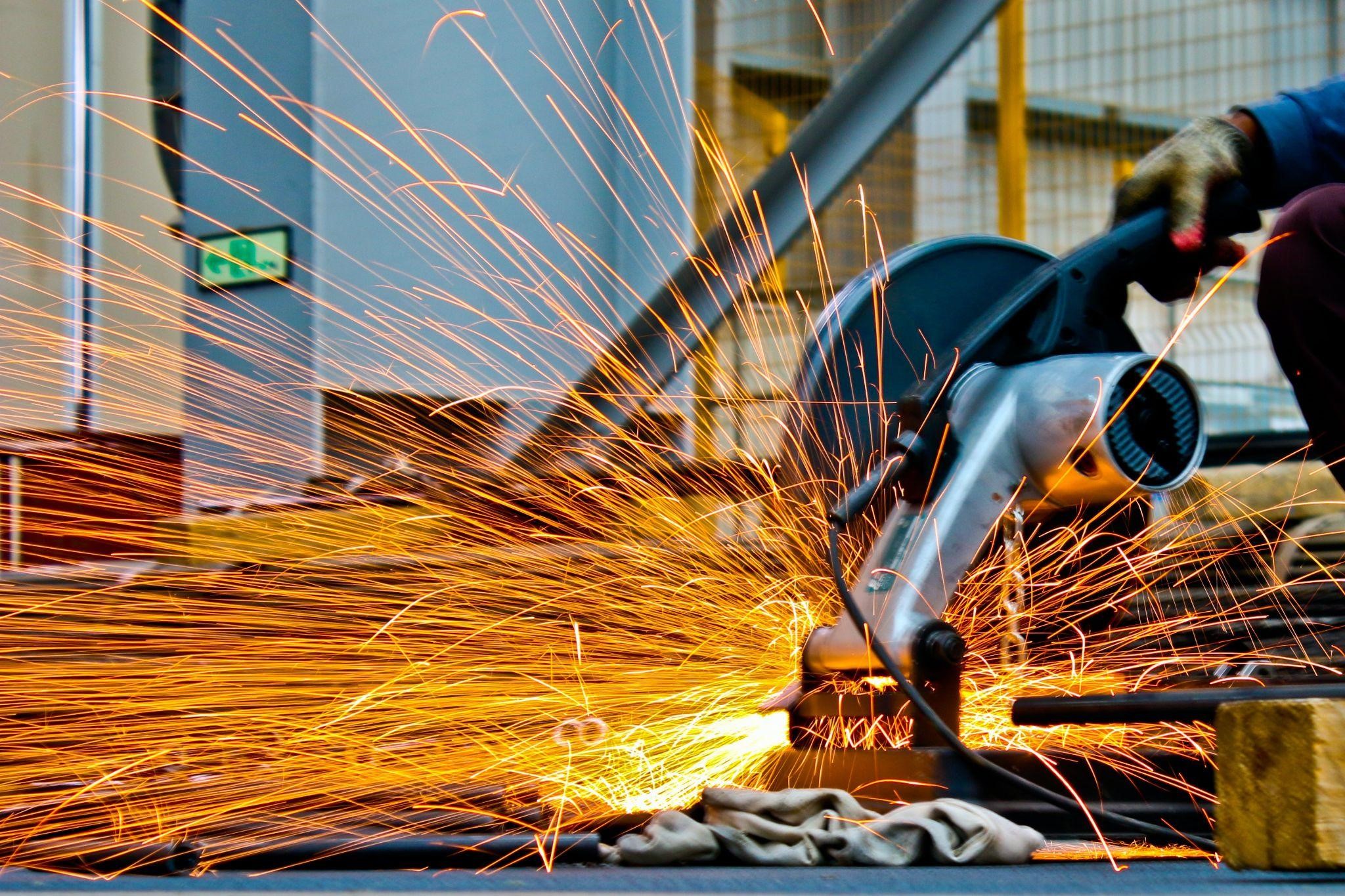Fabrication Methods
Fabrication methods encompass a wide range of techniques and processes used in manufacturing and construction to transform raw materials into finished products or structures. These methods vary depending on the industry, materials, and desired end products. Here are some common fabrication methods:

1. Cutting:
- Sawing: Cutting materials using a blade, often used for lumber, metals, and plastics.
- Shearing: Cutting sheet materials (e.g., metal sheets) using sharp blades.
- Laser Cutting: Utilizing lasers to cut through various materials with high precision.
- Plasma Cutting: Employing ionized gas to cut metals and other conductive materials.
- Waterjet Cutting: Using a high-pressure jet of water mixed with abrasive particles to cut materials.
**2. Joining:
- Welding: Fusing materials together by melting them at the joint and allowing them to cool and solidify.
- Brazing: Joining materials using a filler metal with a lower melting point than the base materials.
- Soldering: Joining materials using a solder alloy with a lower melting point than the materials.
- Adhesive Bonding: Using adhesives or glues to bond materials together.
**3. Forming:
- Rolling: Shaping materials into curved or cylindrical forms, often used in metalworking.
- Pressing and Stamping: Creating shapes and patterns by pressing materials with dies and punches.
- Forging: Shaping materials through the application of force, typically to create metal parts.
**4. Machining:
- Turning: Rotating a workpiece while a cutting tool removes material to create cylindrical shapes.
- Milling: Removing material from a workpiece’s surface using rotary cutters to create complex shapes and features.
- Drilling: Creating holes in materials using rotating cutting tools.
- Grinding: Abrasively removing material to create precision surfaces and shapes.
**5. Additive Manufacturing:
- 3D Printing: Building objects layer by layer from digital models using various materials such as plastics, metals, or ceramics.
**6. Casting:
- Die Casting: Forcing molten material into a mold cavity to create complex metal parts.
- Sand Casting: Creating metal parts using sand molds.
- Investment Casting: Precision casting method using wax or similar materials as the mold.
**7. Extrusion:
- Plastic Extrusion: Forcing molten plastic through a die to create continuous shapes like pipes and profiles.
- Aluminum Extrusion: Extruding aluminum and other metals to produce custom profiles and shapes.
**8. Heat Treatment:
- Annealing: Altering material properties by heating and slowly cooling to relieve internal stresses or improve hardness.
**9. Surface Finishing:
- Painting and Coating: Applying protective and decorative finishes to materials and products.
- Plating: Depositing a layer of metal (e.g., chrome or nickel) onto a substrate for improved corrosion resistance and appearance.
These fabrication methods are applied across various industries to produce a wide range of products, from consumer goods and automotive parts to structural components and aerospace components. The choice of method depends on factors such as material type, desired product characteristics, production volume, and cost considerations. Advances in technology continue to drive innovations in fabrication processes, enabling the creation of increasingly complex and precise components.
